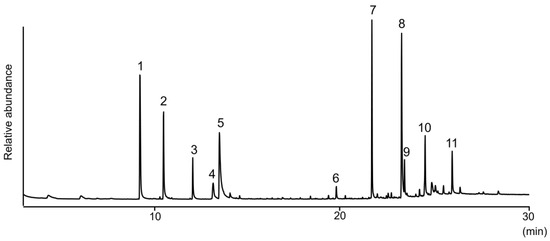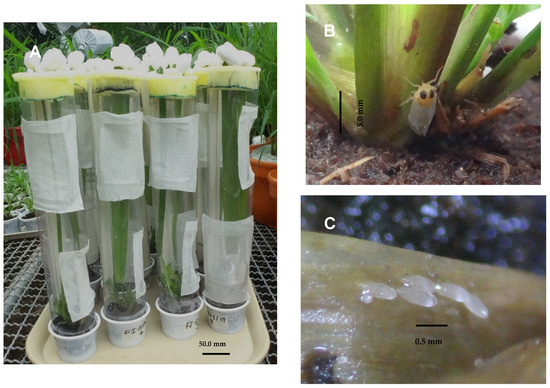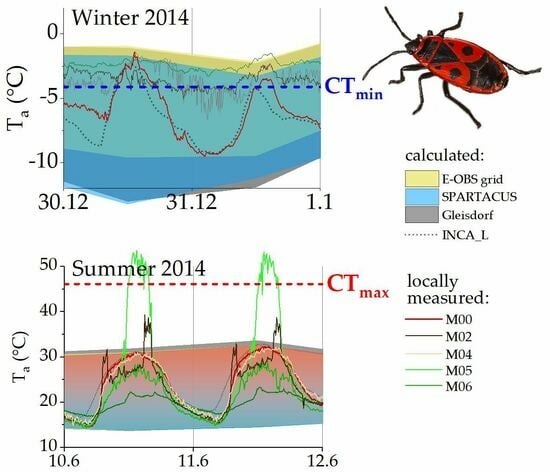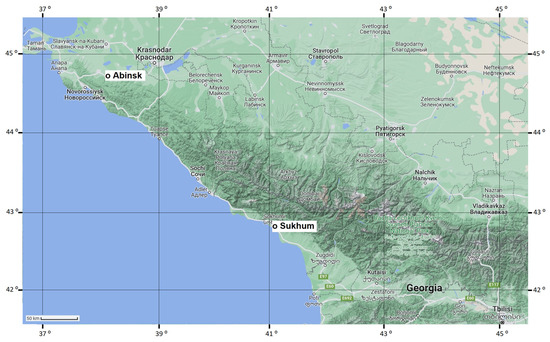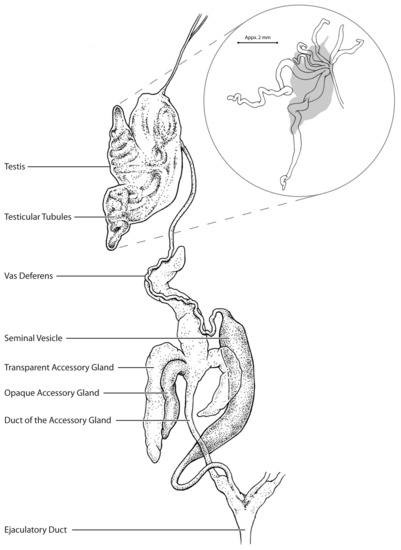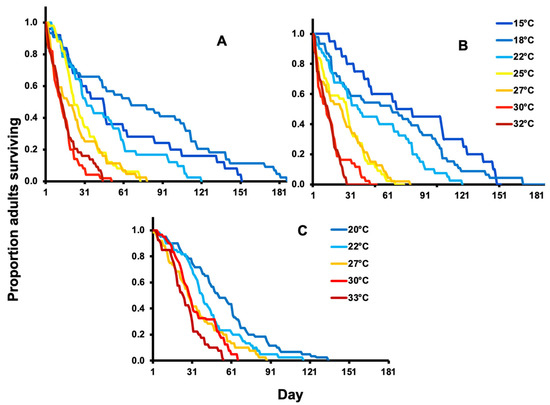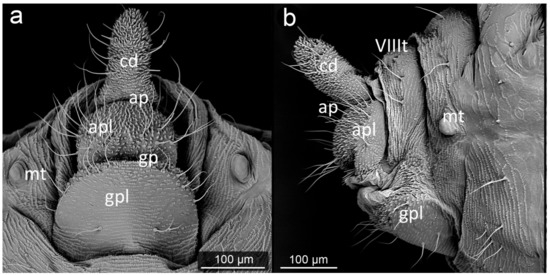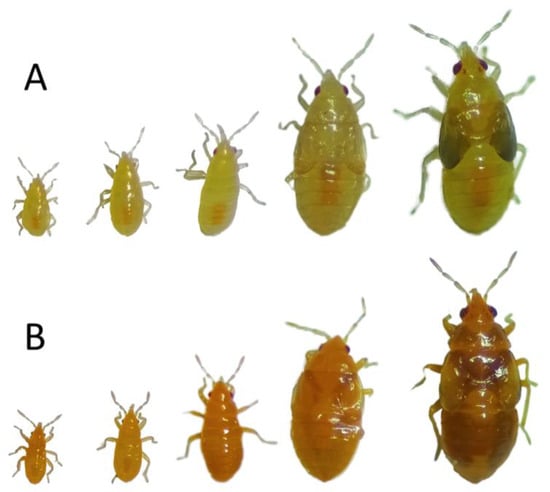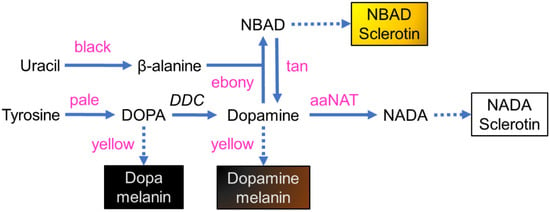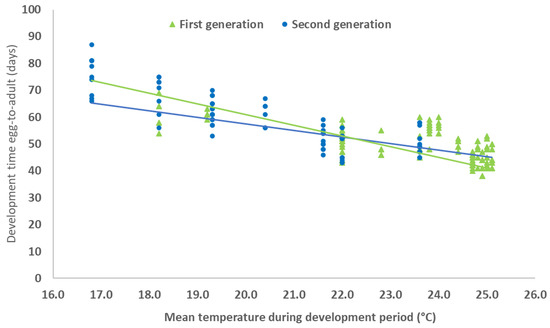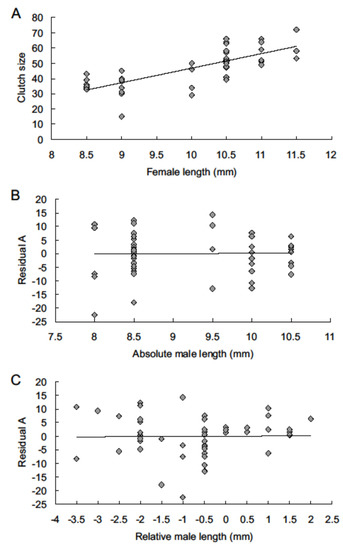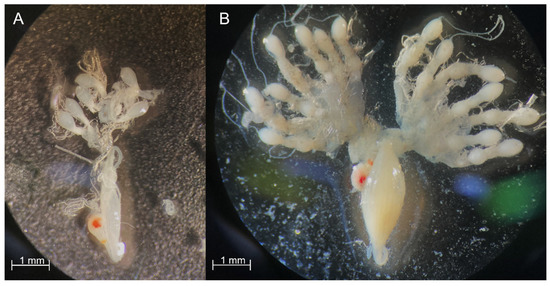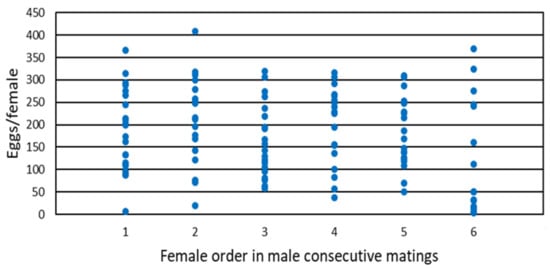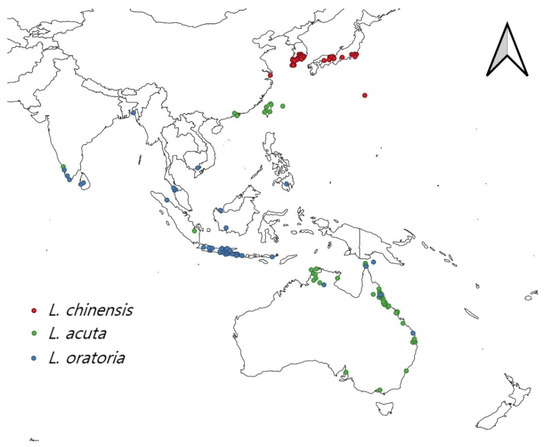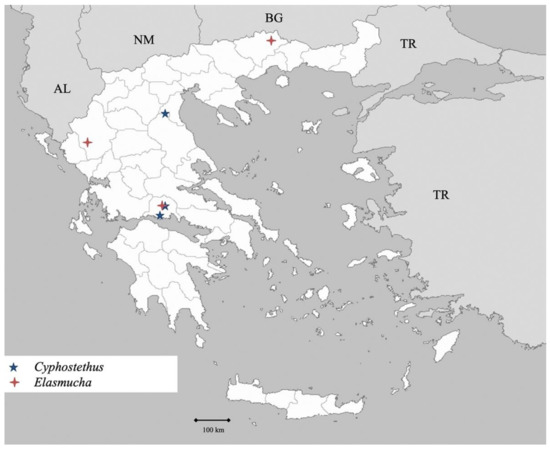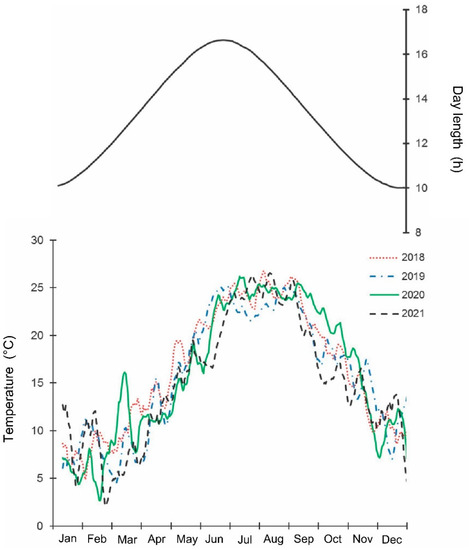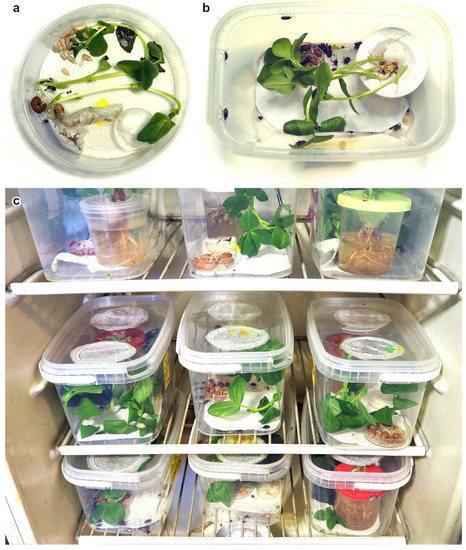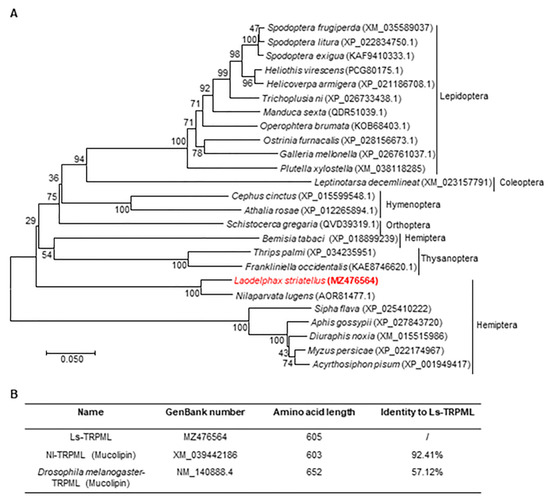Hemiptera: Ecology, Physiology, and Economic Importance
A topical collection in Insects (ISSN 2075-4450). This collection belongs to the section "Insect Physiology, Reproduction and Development".
Viewed by 42318Editors
Interests: insects; ecology; physiology; diapause; photoperiod; temperature
Interests: Heteroptera seasonal development; diapause; responses to climate change
Topical Collection Information
Dear Colleagues,
Hemiptera is one of the largest insect orders playing an important role in both natural and anthropogenic ecosystems. Numerous phytophagous hemipterans cause serious damage to agriculture and forestry, whereas some predatory species are widely used as biocontrol agents. Therefore, investigations conducted on Hemiptera are of interest for both fundamental and applied entomology. This Topical Collection aims to represent the current state of the studies on Hemiptera ecology and physiology. Both original research articles and reviews can be submitted; studies on ecophysiology (regulation of seasonal cycles, reproduction, feeding, locomotion, etc.) are particularly welcome; preference will be given to the papers concerning economically important species (both pests and beneficial ones). We look forward to receiving your valuable contributions.
Dr. Sergey Ya. Reznik
Dr. Dmitrii L. Musolin
Dr. Anne L. Nielsen
Collection Editors
Manuscript Submission Information
Manuscripts should be submitted online at www.mdpi.com by registering and logging in to this website. Once you are registered, click here to go to the submission form. Manuscripts can be submitted until the deadline. All submissions that pass pre-check are peer-reviewed. Accepted papers will be published continuously in the journal (as soon as accepted) and will be listed together on the collection website. Research articles, review articles as well as short communications are invited. For planned papers, a title and short abstract (about 100 words) can be sent to the Editorial Office for announcement on this website.
Submitted manuscripts should not have been published previously, nor be under consideration for publication elsewhere (except conference proceedings papers). All manuscripts are thoroughly refereed through a single-blind peer-review process. A guide for authors and other relevant information for submission of manuscripts is available on the Instructions for Authors page. Insects is an international peer-reviewed open access monthly journal published by MDPI.
Please visit the Instructions for Authors page before submitting a manuscript. The Article Processing Charge (APC) for publication in this open access journal is 2600 CHF (Swiss Francs). Submitted papers should be well formatted and use good English. Authors may use MDPI's English editing service prior to publication or during author revisions.
Keywords
- Hemiptera
- ecology
- physiology
- insect pests
- plant protection
- biological control








